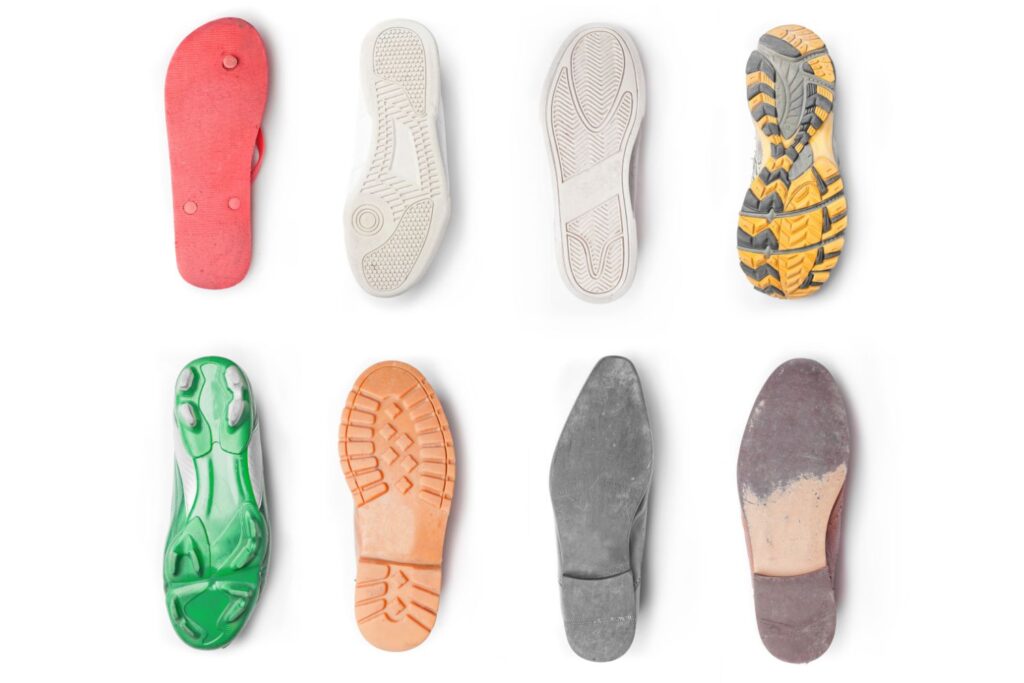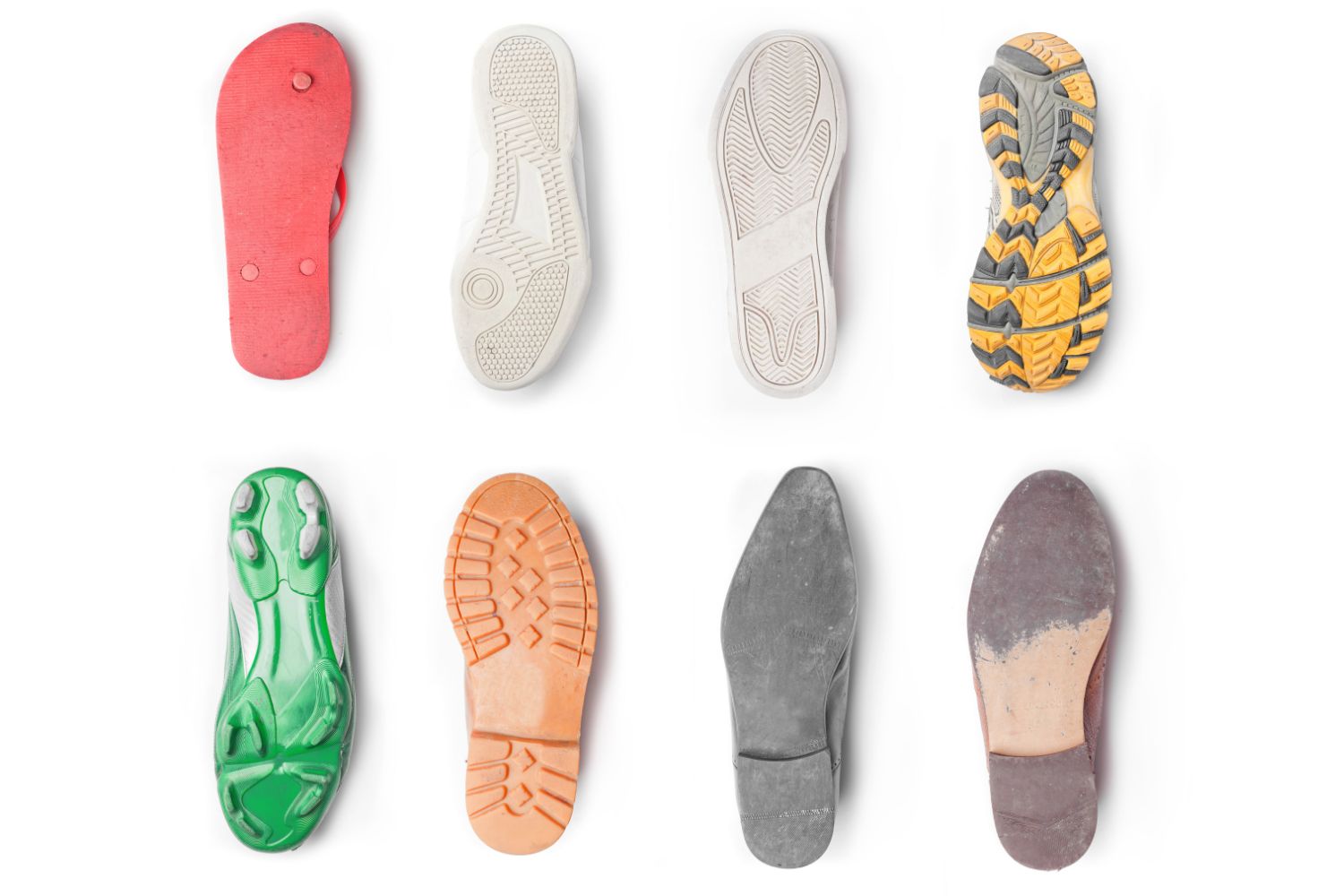Our company with the production of automatic warehouses for sole moulds, Perseo Matrix Molds, has many customers in the field of moulded sole production. It was therefore natural for us to learn more about this reality and all its dynamics. Below you will find brief notes on the production of moulded soles and the incredible complexity of this world.
Although the first footwear dates back millennia, sole production underwent a real transformation with the introduction of modern materials. The first footwear was very rudimentary and simply consisted of pieces of leather or vegetable fibre that were intended to protect the foot.
Over the centuries, the use of leather became more and more widespread, and the footwear industry developed to include thicker and more robust soles.
As technology evolved, the footwear industry tested new materials, including rubber. The latter provided a breakthrough as it offered greater wear resistance and better grip.
During the 20th century, the advent of synthetic materials such as EVA (ethylene-vinyl-acetate) supplanted some traditional materials, bringing greater flexibility and lightness to soles.

As is often the case, Italian intuition makes all the difference. A well-known example is the Italian Alpine Club mountaineer, Vitale Bramani, who in 1937 invented and created the first ‘Vibram’ sole for mountaineers by applying rubber spikes instead of the traditional metal spikes.
One of the key elements in the evolution of soles are moulded soles with the introduction of sole moulds. Thanks to advanced moulding techniques, it is possible to obtain soles with ergonomic and detailed shapes, suitable for all types of activities and soil. The moulds allow for uniform, high-quality moulded soles.

